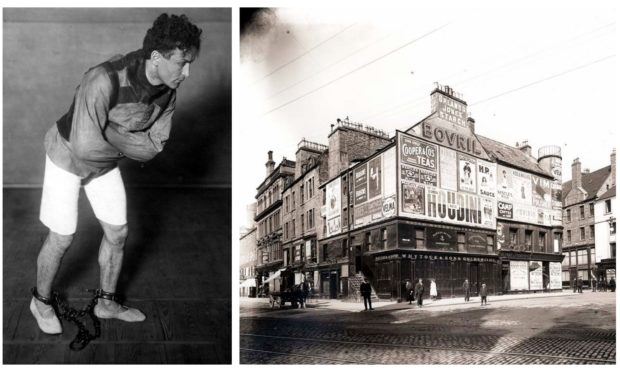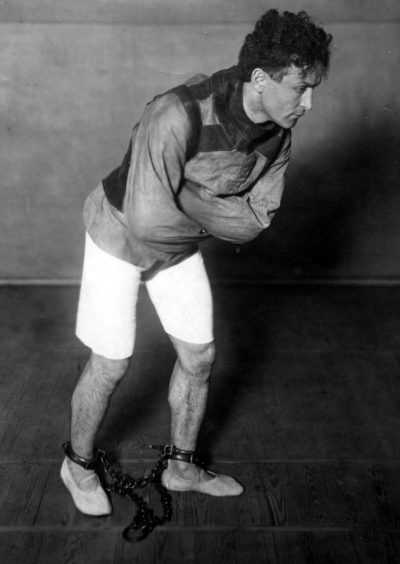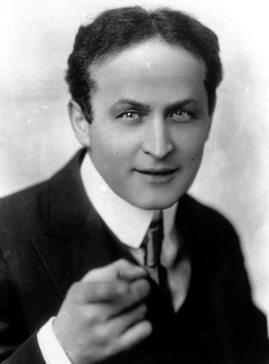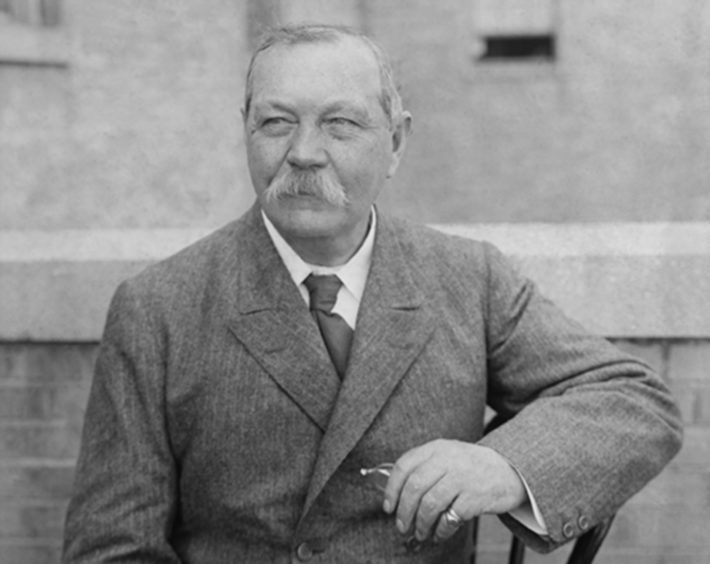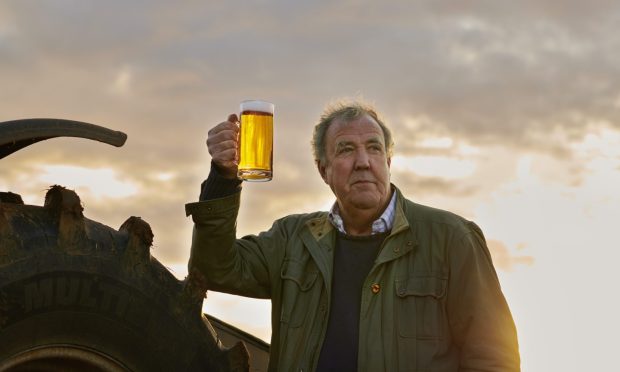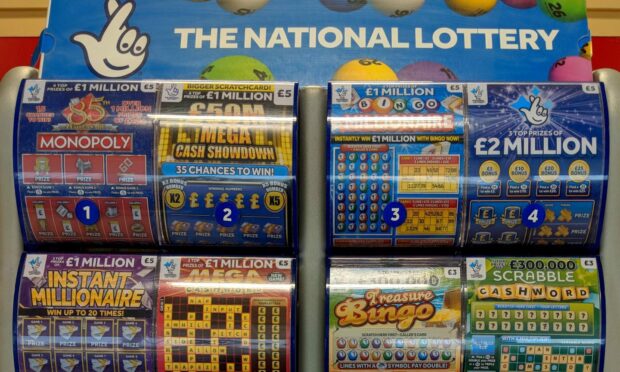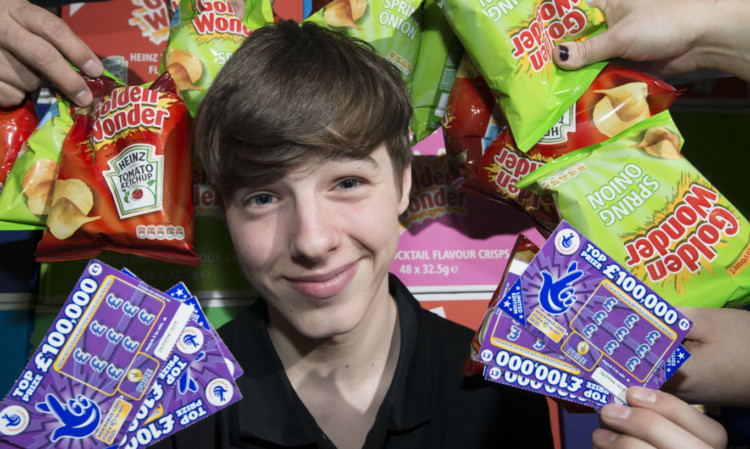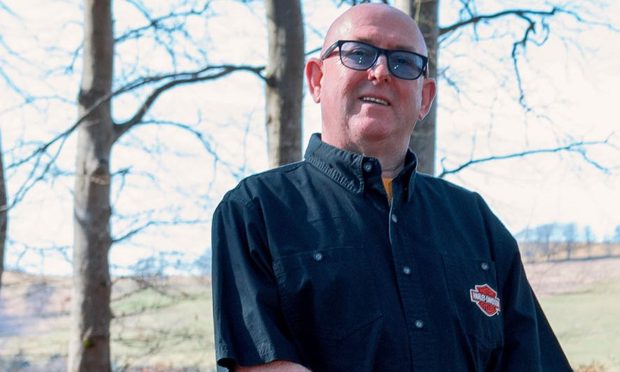It was the day the world’s most famous escapologist leapt bound, gagged and handcuffed into Dundee harbour.
Harry Houdini arrived in Dundee in June 1909 carrying the 200 or so documents signed by prison governors certifying that he had broken out of the safest cells in their jails.
He gave an impromptu heart stopping performance to advertise his forthcoming shows after police in Dundee had stopped his previous attempt to jump, chained and manacled from the parapet of the Tay Railway Bridge.
Houdini’s arrival in Dundee to perform at the King’s Theatre from Monday June 21 to Saturday June 26 was greeted by huge crowds all eager to get a glimpse of the Hungarian entertainer.
In characteristic daredevil style Houdini jumped from a bridge into Earl Grey Dock on Sunday June 20 locked in handcuffs and shackles to attract audiences to his show.
The preliminary preparations for the dive were made at the King’s Theatre where the leg shackles were tested and fixed in the presence of a number of witnesses.
Houdini was driven to Earl Grey Dock where he jumped out of the car and rushed to the bridge to take up a position on the rail before a huge crowd.
Houdini – with his hands locked behind his back – leapt bound, gagged and handcuffed, into 30 feet of water before the amazed spectators.
A few seconds later he appeared on the surface free from the iron fetters which had bound him.
The Courier reported: “With two heavy leg manacles fastened around his chest and with ‘gyves upon his wrists’, Harry Houdini dived from the swing-bridge into the deep and dark waters at the entrance to Earl Grey Dock.
“Within the brief space of a few seconds Houdini re-appeared above the water free from the iron fetters which had bound him.
“A huge crowd witnessed the daring act and Houdini’s mystifying performance was greeted with loud applause.
“Seizing a rope which was lowered to him, Houdini quickly pulled himself up to the quay and was driven off in the motor car which conveyed him to the scene.”
A Courier reporter who saw Houdini after the dive was informed the release was the quickest escape he had yet accomplished.
The master illusionist first enthralled Scottish audiences in 1905 and visited another four times during sell-out British tours.
He reportedly announced Edinburgh was his favourite venue and his visits to the capital inspired the £10 million movie, Death Defying Acts.
The local urchins certainly appreciated one of his visits after he gifted them footwear.
The Edinburgh-born creator of Sherlock Holmes, Sir Arthur Conan Doyle, was Houdini’s friend and described the event as he paid tribute to his charitable nature.
The author wrote: “In Edinburgh he was so shocked at the bare feet of the kiddies that he had them all into the theatre, and fitted them there and then with 500 pairs of boots.
“He was the greatest publicity agent that ever lived, so it is not ill natured to surmise that the local papers had been advised beforehand, and that the advertisement was well worth it.”
Houdini died, aged 52, from peritonitis after suffering a ruptured appendix believed linked to a blow in the stomach he received from a fan while demonstrating the strength of his stomach muscles.
Houdini’s funeral was held on November 4, 1926 in New York with more than 2,000 mourners in attendance.
